Royals and scandals – name a more iconic duo. When you are a part of royalty, it is pretty much expected of you to engage in a bit of debauchery and immorality, but that doesn’t mean that other people won’t try to condemn you for it. Whether real or fabricated, the following sex scandals got some royals into hot water and, in many cases, left long-lasting marks on their legacies.
8. The Queen and the Ghillie
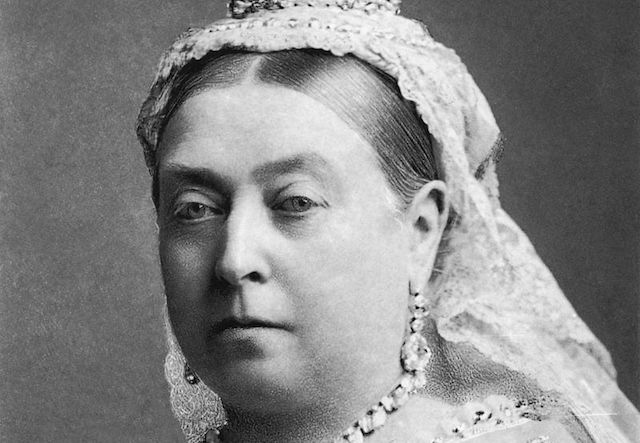
Queen Victoria is, arguably, the most famous British royal in history and her life has been studied and documented in minute detail. Unsurprisingly, this led to the appearance of plenty of rumors, and perhaps none is more enduring than the queen’s alleged love affair with a Scottish servant named John Brown.
In 1840, Victoria married Prince Albert. They enjoyed a loving marriage and had nine children together, but Albert died in 1861, 40 years before his wife. The queen was devastated by her husband’s death and, from then on, became a recluse who rarely appeared in public and, instead, preferred to spend most of her time at her various royal residences.
This included Balmoral Castle in Aberdeenshire, in Scotland. Of course, the queen had numerous retainers there, and among them was an outdoor servant called a ghillie by the name of John Brown. He quickly became one of the queen’s favorites and, soon enough, rumors started spreading that he may be more than that. Some said that Brown slept in the room which adjoined the queen’s bedroom which would have been considered very scandalous and indecent back then. Certain papers and pamphlets derisively referred to the queen as “Mrs. Brown,” and the most preposterous rumors even suggested that the two had married in secret.
Queen Victoria and John Brown were definitely very close, but the precise nature of their relationship has pitted historians against one another for 150 years. Some say that their liaison is nothing but a myth originally spread by people who were against the monarchy. Others say the exact opposite – that the romantic relationship was, indeed, real, but always denied by the royal family and everyone connected to it to preserve Victoria’s image of the queen in mourning, deeply devoted to her husband.
7. A 300-Year-Old Murder Mystery
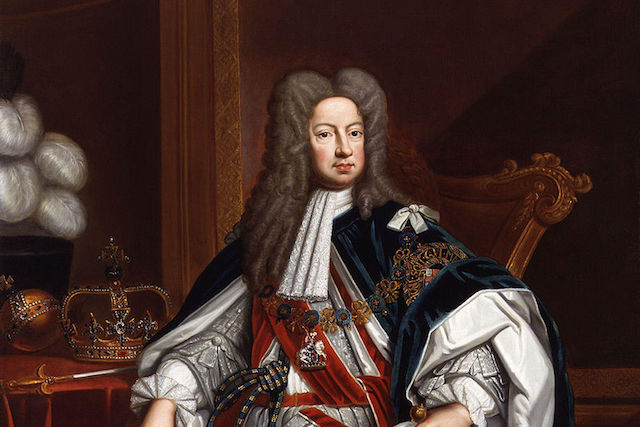
Diplomatic marriages were a common practice among the royals and they were used as a valuable political tool to gain land, money, power, and heirs.
One such example was the marriage between Georg Ludwig of the House of Hanover and his cousin, Sophia Dorothea of Celle. He would eventually become King George I of Britain in 1714, but their marriage ended long before that, tainted by sex, betrayal, mystery, and murder.
Their union was not a happy one. They had two children together, but afterwards they lost interest in one another. George took a mistress and spent most of his free time with her, so it was not surprising when somebody else eventually caught Sophia’s eye.
That someone was a Swedish count named Philip Christoph von Königsmarck. The two began an affair around 1692, as documented by approximately 300 love letters that they left behind, today found in the possession of Lund University in Sweden. The lovers wanted to run away together, but they didn’t have the money, so they kept waiting for a more opportune moment.
They took too long and, eventually, George found out about the affair. Allegedly, he was informed by the Countess von Platen, who was angry because Königsmarck refused to marry her daughter. One night, the Swedish count went to visit Sophia at Leine Palace in Hanover, and he was never seen or heard from again. Obviously, everyone assumed that George had him killed, with the two most popular versions of the story claiming that Königsmarck’s body either ended up in the Leine River or under the floorboards of the palace. As for Sophia Dorothea, she never admitted to the affair, but she did plead guilty to abandoning her husband and denying his conjugal rights. George divorced her and imprisoned her at Ahlden Castle for the rest of her life.
The story took a new twist in 2016 when old bones were found at the Leine Palace during renovation, causing speculation that they may be the remains of Philip Christoph von Königsmarck. Unfortunately, tests showed this was not the case. Some of them belonged to animals, and, while others were human, none were consistent with Königsmarck’s age and gender. His ultimate fate remains a mystery.
6. Tiberius in Capri
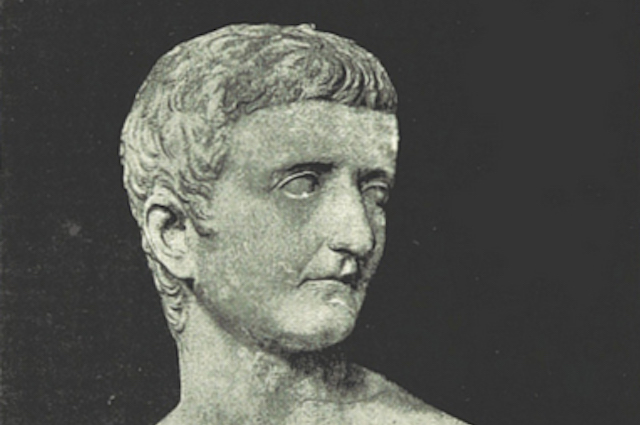
When it comes to true perversion, there is nobody who can outperform the Roman emperors. We could have done the entire list just about their licentious ways, but instead we are just going to focus on one of them – Tiberius. We’ve all heard about the various deviances of Nero, or Caligula, but the actions of Tiberius might have been the most depraved of all… if they were true.
That really is the biggest question here. Tiberius had plenty of enemies so it would not have been unheard of for them to spread the vilest rumors about him to turn the public against him. Whether or not they were true, they accomplished their goal. When Tiberius died, he was hated by the people of Rome. The Senate refused to give him divine honors and mobs flocked to the streets, demanding his body so that they might throw it into the Tiber, a fate reserved for the lowest criminals.
What exactly did Tiberius do that was so heinous? Well, he was never really that thrilled with being emperor. He was sort of forced into the position, and he became completely detached once his son Drusus died in 23 AD. Tiberius gave unprecedented power to the Praetorian Prefect Sejanus so he was the one who actually ran the empire while Tiberius retired to his villa on the island of Capri. That is where he allegedly engaged in the most wicked sexual acts, not just with men and women, and not just with children, but even with infants. Here is what the historian Suetonius had to say about Tiberius:
“On retiring to Capri he devised a pleasance for his secret orgies: teams of wantons of both sexes… copulated before him in triple unions to excite his flagging passions.
He acquired a reputation for still grosser depravities that one can hardly bear to tell or be told, let alone believe. For example, he trained little boys to crawl between his thighs when he went swimming and tease him with their licks and nibbles. Unweaned babies he would put to his organ as though to the breast, being by both nature and age rather fond of this form of satisfaction.
5. The Kotze Affair
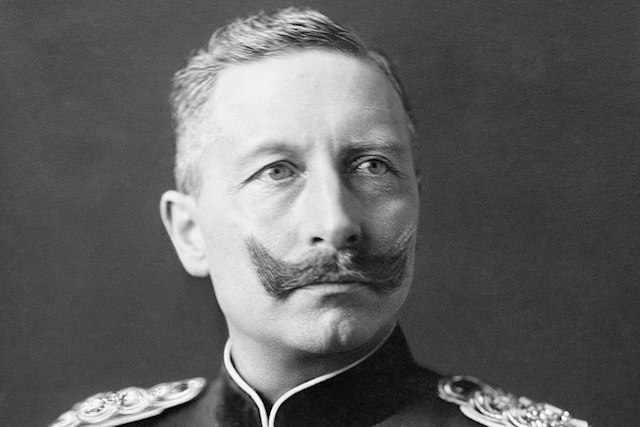
The Kotze Affair refers to one of the greatest sex scandals to hit the German royal court. It happened during the time of Kaiser Wilhelm II and may have involved his own sister, Princess Charlotte of Prussia.
As it turned out, there were many members of the German aristocracy and court officials who liked to participate in wild sex parties. One such affair took place at a hunting lodge in Grunewald and it included all the standard debauchery – everybody getting drunk, swapping sex partners, and even engaging in full-blown orgies. Nothing but good, clean fun, but one attendee decided to take things further, and the next day began blackmailing the other partygoers.
The identity of this person was never discovered, but they started sending letters to the other participants, describing their actions in intimate detail and, in some cases, even providing pornographic illustrations. Hundreds of these letters were circulated and, inevitably, in 1891, some of them became public, causing shock and outrage.
The only person arrested in the matter was Leberecht von Kotze, the kaiser’s own master of ceremonies. He was released without charge soon after, but felt it was his duty to take revenge on the people he believed responsible for informing on him. Kotze started challenging some of the other male partygoers to duels and it did not pay off for him. He was injured in the first duel and then killed in the second after a bullet hit his intestine.
As for the blackmailer, some historians have pointed the finger at Princess Charlotte, the emperor’s sister. She had a reputation for causing mischief and loving scandal ever since she was a child. She was definitely present at the hunting lodge and some have even suggested that she organized the party to entrap her unsuspecting guests.
4. How Virgin Was the Virgin Queen?
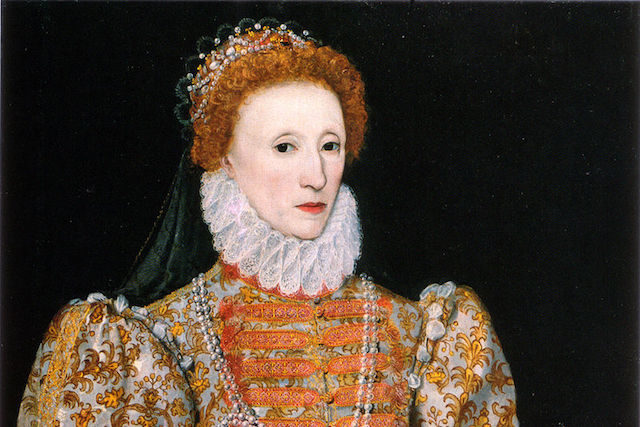
Now we look at Queen Elizabeth I, daughter of Henry VIII, who ruled over England for 44 years during the 16th century. She was known throughout Europe as the Virgin Queen, praised by many for her decision to embrace celibacy. Elizabeth famously said “I will have but one mistress here, and no master.” The queen, indeed, never married, but that did not stop rumors of affairs, particularly with her court favorite, Robert Dudley, Earl of Leicester. The situation is pretty similar to that of Victoria and John Brown, but it has the added bonus of a mysterious death that some have suggested may have been murder.
Elizabeth and Robert Dudley had been close friends since childhood. When she became queen, she immediately made him Master of the Horse to reward his loyalty. This was a coveted position as it involved a lot of private time with her majesty. The two grew even closer together and Elizabeth seldom allowed Dudley to leave her court.
More and more, the idea of marriage entered Dudley’s head. There was just one problem – he already married another woman named Amy Robsart. However, in a stroke of good luck for him, his wife died less than two years after Elizabeth became queen, from a mysterious fall down the stairs. For some reason, on that particular day, Robsart ordered all her servants to go to the fair so she would be alone in the house. When they returned, they found her at the base of the staircase with her neck broken. Because of the circumstances, some historians have suggested suicide, but the idea that Dudley had his wife killed so he could marry the queen also proved quite enduring.
There were plenty of parties who had an interest in spreading such gossip. Many were other suitors to Elizabeth looking to get rid of the competition, but others wanted to disgrace the queen herself, not Dudley. Mary, Queen of Scots, openly said that Elizabeth and her “horsekeeper” were lovers and that they intended to marry after they got rid of Dudley’s first wife. In this case, it was never really a matter of what you could prove, but what you could get the people to believe.
3. Pains and Penalties
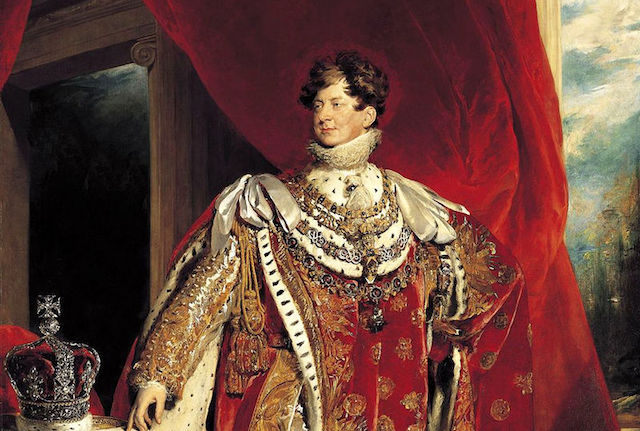
George IV was never regarded as one of the popular British monarchs. He developed a reputation for extravagance, selfishness, and promiscuity ever since he was the Prince of Wales. He then started off his reign in 1820 with a giant scandal that was featured on the front page of every newspaper and turned public opinion against him.
George married Caroline of Brunswick in 1795, decades before his coronation. Usually, in a diplomatic marriage, people at least try to make an effort to pretend that they like each other, but that was not the case here. Caroline and George were repulsed by each other right off the bat. Allegedly, they only had sex on their wedding night, and then the night after, and once their child was born, Princess Charlotte, they wanted as little to do with one another as possible.
As talk about their relationship made for hot gossip in the country, Caroline agreed to leave England and spend time around Europe, eventually returning when it was time for George’s coronation. After all, she wanted to be queen, she didn’t put up with him for nothing.
During her time gallivanting around the resorts and palaces of Europe, Caroline picked up an Italian servant named Bartolomeo Pergami. They became very close and, unsurprisingly, this launched rumors that they were having an affair. George heard about this and introduced the Pains and Penalties Bill of 1820 to the British Parliament in an effort to obtain a divorce.
This was in July, 1820. George was the new king, but his coronation had not taken place yet and he did not want Caroline to be his queen. Unfortunately for him, the only grounds for divorce was adultery, so he went to trial, accusing his wife of “a most unbecoming and degrading intimacy” with “a foreigner of low station” like Pergami.
The entire ordeal played out in the newspapers like you would expect to see it in today’s tabloids, except that instead of photographs, they had obscene caricatures. Some depicted King George with a piggish face. Others showed the queen naked in the bath with Pergami. It was a kind of treatment that the British royals never received before and some argue that it started the trend of the tabloid scandal. As one historian put it: “No British monarch has ever been portrayed in more ridiculous postures nor in more odious terms.”
2. A German Doctor in King Christian’s Court

Caroline Matilda lived a short life, marked by scandal and tragedy. In 1766, when she was just 15, she became the new Queen of Denmark and Norway by marrying her cousin, King Christian VII.
This was a loveless marriage and Caroline soon found herself isolated at a court where she had no friends or allies. The king was cold and neglectful to her and most likely suffered from an undiagnosed mental illness. To try and alleviate his condition, Christian enlisted the help of a German doctor named Johann Friedrich Struensee. His influence over the king grew steadily and, soon enough, the queen found herself enamored by his charms, as well.
The two began an affair around 1770. The following year, Queen Caroline had her second child, Princess Louise Augusta, and historians are almost certain that she was the daughter of the German physician, not the king. In hushed tones, people even referred to her as “la petite Struensee.”
Because of his influence with the king and the queen, Struensee became the de facto ruler of the kingdom for a while. He was a follower of the Age of Enlightenment, so he used his position to pass many new and liberal ideas. A lot of these worked against the favor of the nobility so, unsurprisingly, Struensee made enemies fast.
The following year, the aristocracy publicized the affair and arrested and charged the queen and the physician with adultery. Caroline Matilda admitted to the deed, so Struensee was executed while her marriage was dissolved and she was deported. She died a few years later of scarlet fever, aged 23.
1. The Tour de Nesle Affair
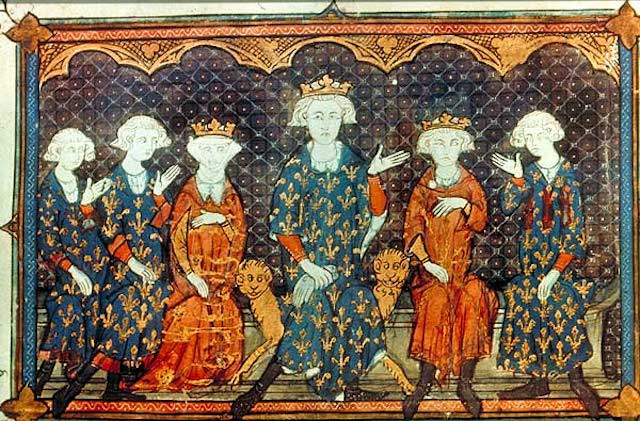
In 1314, Philip IV, also called Philip the Fair, was King of France and he arranged several political marriages for his offspring to ensure that his kingdom thrived. He had three sons (Louis, Philip, and Charles) and he paired them all up with countesses and duchesses from Burgundy. Meanwhile, his daughter Isabella became the Queen of England when she married Edward II.
The setup for the scandal began when Isabella and her husband paid a visit to her family in France. She brought gifts, which included embroidered silk purses that she gave to all three sisters-in-law. Fast-forward later that year and Isabella and Edward were back in London, hosting a massive banquet, when the queen noticed two of the same purses hanging around the waists of two Norman knights, Philip and Gauthier of Aunay. The conclusion was evident – the princesses were having affairs and regifted the purses to their lovers.
Isabella informed her father who placed the knights under surveillance. Eventually, Philip had the knights and the princesses arrested and accused them of engaging in adultery by using the now-demolished Tour de Nesle or Nesle’s Tower as a rendezvous point. Unsurprisingly, the knights were tortured until they confessed to the deed.
The women were stripped naked, had their heads shaved and were imprisoned. Only two of them were found guilty. Although all three were accused, one of them managed to persuade the court and her husband of her innocence. Of the two convicted princesses, one died in prison while the other one was eventually released and sent to a convent.
The punishment for the knights was significantly more brutal. First, they had their genitals cut off and thrown to the dogs, then they were flayed alive, had their bones broken on the wheel, had molten metal poured over them and, finally, they were decapitated.